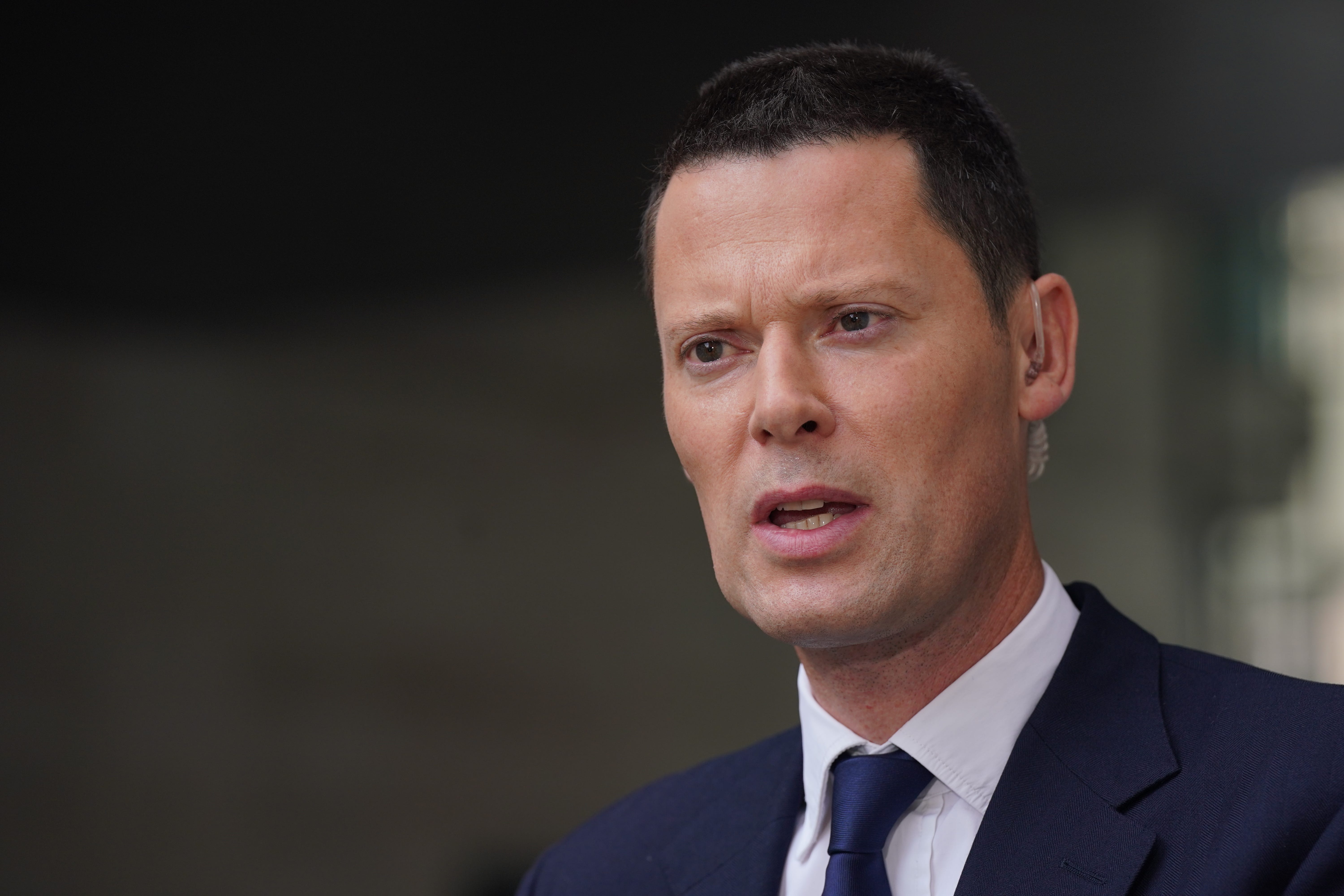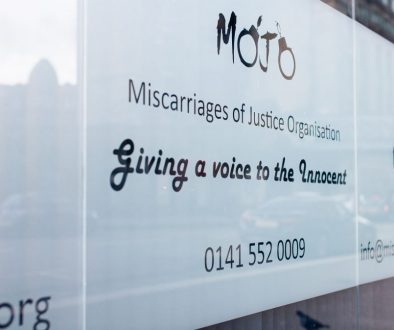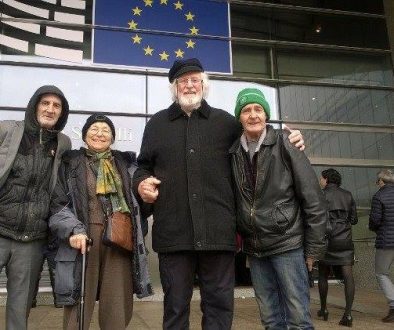Further Forensic Fudging Facts
Taken from MOJUK
An interesting piece by a prisoner on the disparity faced by defendants in our justice system.
Further Forensic Fudging Facts – by Keith Rose HMP Whitemoor
We live in a country where it is claimed that we have the finest criminal justice system in the world. That is a lie Donald J. Trumpski would be proud of. In reality, the criminal justice system is so heavily weighted against the individual that I sometimes wonder why we bother with courts at all. When the police arrest someone an entire media circus swings into action to speculate on the level of guilt of the arrested individual rather than simply reporting facts. If the arrest then proceeds to a trial the media merely report the prosecution case and rarely, if ever, report the defence case.
At trial, the defendant is automatically at a disadvantage. The prosecution has unlimited funds, resources and seasoned practitioners, whilst the defendant has to find an experienced, competent defence team whilst usually relying on legal aid. A level playing field? Certainly, not!
When a police force decides that there exists sufficient evidence to charge someone, the investigation is usually shut or scaled down to such an extent that no meaningful further investigation takes place. Any evidence that hints at innocence is either shunted off into unused files or, ever more common, hidden under the title, Public Interest immunity, (PII), to hinder or prevent the defence teams access to the full facts. The police ‘case closed’ attitude when charges are laid can not only lead to miscarriages of justice but permit further crimes to be committed by the true culprit. Police statements in cases like those of the Birmingham 6 or Guildford 4; “We are not looking for anyone else, are both ignorant and arrogant. I will give a couple of examples of just how wrong this attitude can be.
Trial judges, most of whom are ex-prosecution Q.C.s, usually read the prosecution case prior to trial and form a view of the evidence. However, almost without exception, no trial judge will accept criticism of a police investigation and methodology or acknowledge the anti-defendant bias of the courts. Has any judge objected to the removal of the right of silence, majority verdicts, the perversion that is Joint Enterprise or question the accuracy of forensic evidence?
Yet, there is a judge who is willing to speak out, unfortunately, he is not English, he is American; The Hon. Alex Kozinski, a sitting judge on the United States Court of Appeal for the Ninth Circuit who has pointed out common misconceptions inherent in the justice system.
1) Eyewitnesses are highly reliable. In fact, the opposite is true; 71% of overturned convictions examined by the Innocence Project involved eyewitness misidentification. (Source: Innocence Project, New Scientist).
2) Fingerprint evidence is fool proof. Not so! If fingerprints are taken at police station an accurate image may be obtained, but fingerprints from a crime scene are often smudged or incomplete. The belief in the infallibility of fingerprints came from Sir Francis Galtonrs 1892 book, imaginatively entitled, ‘Finger Prints’. Galton claimed that the odds of two fingerprints matching were 64 billion to one. To put that into context that figure is greater than the total number of humans who have lived on earth in the last 300,000 years, although rather less than the odds of Donald J. Trumpski telling the truth. There are two often referenced cases when discussing misidentification of fingerprints. The first is that of Brandon Mayfield, an Oregon lawyer, of whom the FBI claimed that his fingerprints
were a ‘100% match’ to the Madrid train bombings of 2OO4. When told of the match, Spanish police pointed out that the FBI sample was two fingerprints one overlaid on another, and that they had already identified the suspect. The US Inspector General’s 0ffice concluded in a highly critical 273-page report that the FBI were arrogant & over-confident in their own ability.
The second case cited is that of Scottish Detective Constable Shirley McKie whose ‘fingerprint’ was found at a murder scene. McKie denied ever visiting the murder scene and was subsequently prosecuted for perjury. In due course, found not guilty by the Scottish High Court of Judiciary due to other experts from the USA and England who rejected the identification by the Scottish Criminal Records Office. In a later report to Members of the Scottish Parliament, the Chief Inspector of Constabulary, William Taylor, stated that SCRO fingerprint experts were not as competent as they should have been. Ultimately, fingerprint identification is opinion based, rather than scientifically infallible. (Source: Open University, New Scientist).
3) Other types of forensic evidence are scientifically proven. False positives in Spectrographic Voice Identification average 63%, Bite marks are Junk Science, Ballistics are largely.’} matter of opinion, Arson evidence has been discredited. [in fact, 46~ of overturned convictions examined by the Innocence Project involved dodgy forensics. (Source: New Scientist).
4) DNA evidence is infallible. DNA is not infallible! That is the conclusion of a February 2017 report from the European Forensic Genetics Network of Excellence, (SU~O~O~GSN), in Partnership with ‘Sense about Science’ who stated that DNA science is not infallible, will not, give a “yes or no” answer, but only given in terms of probability , This is due in part to the fact that in criminal cases, all DNA profiles are based on only 10 loci (points) of a genotype with an additional sex identifying locus, a protein, Amelogenin, giving a male XX or female XY indication. In July 2015, the FBI admitted that forensic scientists had given seriously flawed evidence in nearly all criminal trials spanning a 20-year period. 32 defendants were sentenced to death, 14 executed. (Source: Open University, New Scientist).
5) Human memories are reliable. Scientists now state that this view of human memory is fundamentally flawed. Experiments by cognitive psychologist Elizabeth Loftus concluded that people’s memories can be manipulated by clever questioning, yet courts do not permit expert testimony on human memory.
6) Confessions are infallible because innocent people never confess. It now known that the above statement is false. Harsh interrogation tactics, sleep and food deprivation, solitary confinement are all elements which contribute to false confessions. So, says, Gisli Gudjonsson, Emeritus Professor at King’s College, London who has worked on UK cases involving false confessions. 23% of overturned convictions examined by the Innocence Project involved the extraction of false confessions. (Source: Innocence Project New Scientist.
7) Prosecutors play fair. Anyone who has ever witnessed a trial will know that no prosecutor is seeking justice, merely conviction. Prosecutors employ every tactic possible to obtain a result, their careers are built on successful prosecutions which explains the increases in the use of Joint Enterprise, PII orders, etc.
8) Juries follow instructions. Jurors do not Coogle information about defendants in cases they are trying? really?
9) The prosecution is at a disadvantage because cases must be proved beyond reasonable doubt. Regrettably the opposite is true, the defendant has to prove their innocence. Refer back to the opening paragraphs.
10) Police are objective in their investigations. There are countless, documented cases where the police have manipulated and concealed evidence which would clear their favoured suspects. Here are two examples. In 1937 Michael Horton was convicted of beating his wife to death, 25 years later he was cleared when DNA evidence found at the original crime scene implicated another man, Mark ‘Norwood, However, in 1933, a year after ‘Michael Mark Norwood beat another woman, Debra Baker, to death. If the police had not closed down their investigation following charging ‘Michael Morton’ Debra Baker might still be alive.
A similar case which remains unresolved is that of the Russell Family murders for which Michael Stone has been convicted, ‘Kent Police have known for years that there is no DNA or physical evidence linking Stone to the crime, relying instead on a cell confession and adverse publicity. There is DNA familial with other circumstantial and physical evidence linking the Russell murder scene to serial rapist and Killer, Levi Belfield. It would be tragic if Kent Police’s shameful haste to claim ‘case closed’ following Stone’s conviction allowed Belfield to go on to murder Marsha McDonnell (19), Amelie Delagrange (22), attempt to murder Kate Sheedy, and then infamously murder 13-year-old Milly Dowler.
11) Guilty Pleas are conclusive proof of guilt. When the law was changed to permit juries to learn of previous convictions the number of guilty pleas correspondingly increased as defendants realized they would not be able to tell their side of the story for fear of being challenged on past offences. If the prosecution offers a take it or leave it plea bargain, the defendant may cave to pressure, throwing away the chance of an acquittal. Blackmail is a crime except when used by the Crown Prosecution.
12) Long sentences deter crime. We recently heard Teresa May state that terrorists will face longer prison sentences. If someone is willing to blow themselves up for their faith, would the prospect of a potential long prison sentence deter them? I think not. Furthermore. with the steady increase in sentences to the extent that; 30 plus years have become common in both tariffs and fixed sentences, how are you going to stretch sentences more, follow the American example of 600 year fixed terms? The concept that long sentences deter crime is as ridiculous as Donald J. Trumpski’s hair.
(Principal Sources: The Hon. Alex Kozinski. Sitting Judge on the US court of appeal for the ninth Circuit, Innocence Project, New Scientist magazine, the Open University, King’s College, London, University College, London).
Author: Keith Rose A7780AG, HMP Whitemoor, Longhill Road, March, PE15 0PR


